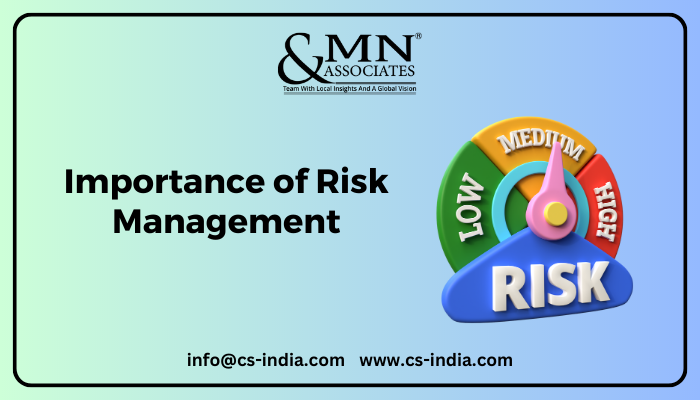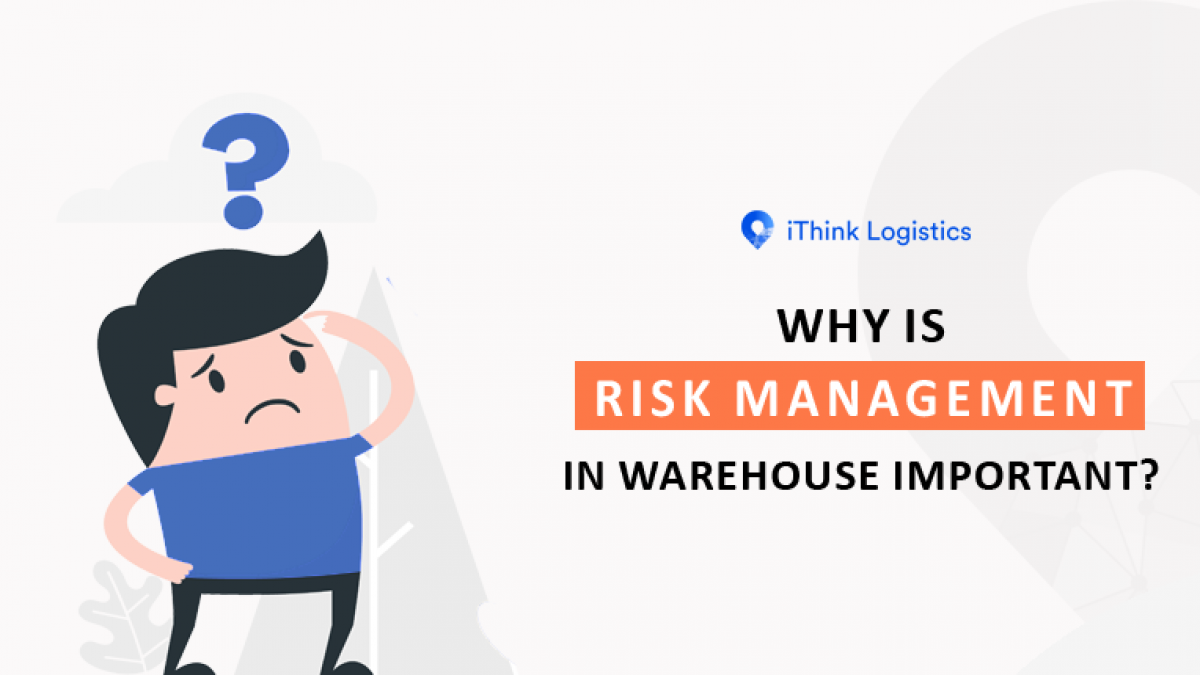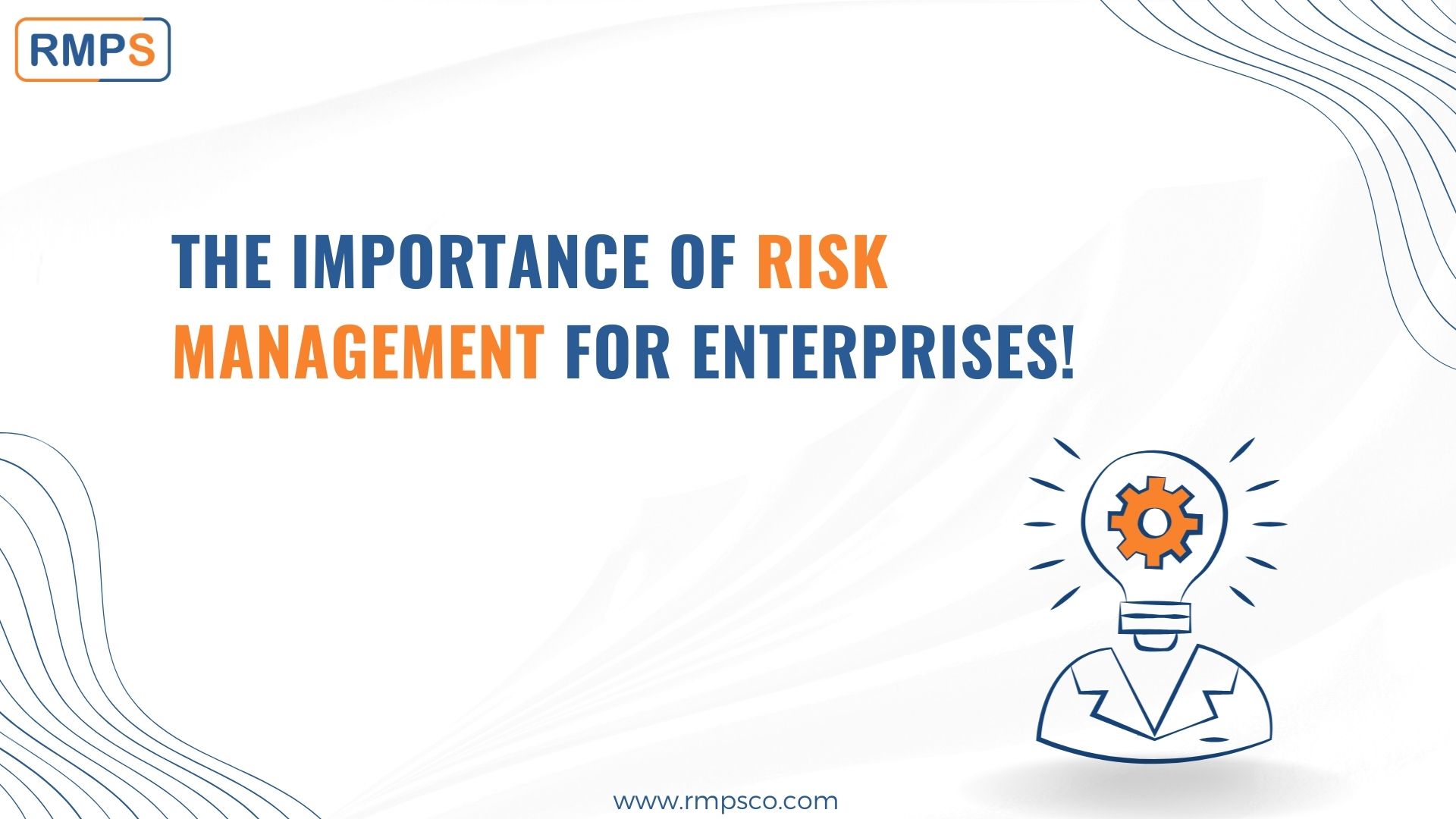The Long-Term Importance of Risk Management in Building Competitive Advantage
The Long-Term Importance of Risk Management in Building Competitive Advantage
Blog Article
Checking out the Relevance of Risk Management for Effective Decision-Making Strategies
In the detailed globe of business, Risk Management emerges as a vital variable in the decision-making process. The capability to recognize potential risks and chances, and strategize as necessary, can spell the distinction between success and failure.
Understanding the Concept of Risk Management
Risk Management, an important part in decision-making, is often misunderstood or oversimplified. Typically, it refers to the identification, assessment, and prioritization of dangers to lessen, keep an eye on, and manage the likelihood or effect of regrettable events. Nevertheless, it's not simply regarding protecting against adverse end results, yet likewise regarding acknowledging prospective opportunities. Risk Management entails disciplined and organized techniques, using data and informative assessments. It calls for a detailed understanding of the organization's context, objectives, and the potential threats that could combat them. From economic uncertainties, lawful responsibilities, calculated Management mistakes, to accidents and all-natural catastrophes, it addresses numerous dangers. Importantly, reliable Risk Management is not stagnant; it's a continuous, positive process that progresses with altering situations.
The Function of Risk Management in Decision-Making Processes
In the world of critical preparation and service operations, Risk Management plays an indispensable function in decision-making processes. Risk Management therefore ends up being an important device in decision-making, aiding leaders to make educated choices based on a comprehensive understanding of the threats entailed. Risk Management offers as an important part in the decision-making procedures of any company.

How Risk Management Improves Strategic Preparation
In the context of critical planning, Risk Management plays a crucial function. Launching with the identification of possible dangers, it even more expands to the application of Risk reduction actions. The function of Risk Management is vibrant but not fixed, as it demands consistent tracking and adjusting of strategies.
Determining Potential Threats

Applying Risk Reduction
Having developed the importance of identifying possible threats, the following action is to check out Risk mitigation. This procedure involves developing and implementing strategies to take care of recognized threats efficiently. It is an important element of calculated planning as it enhances decision-making by minimizing possible adverse results. Risk reduction approaches can vary from Risk evasion, Risk transfer, to run the risk of reduction. Each approach ought to be customized to the certain Risk, considering its potential influence and the company's Risk resistance. Moreover, efficient Risk reduction calls for a deep understanding of the Risk landscape and the potential influence of each Risk. This understanding makes it possible for organizations to prioritize dangers and assign sources successfully, making sure that one of the most considerable risks are addressed initially.
Tracking and Readjusting Strategies
Though Risk reduction is a crucial step in strategic planning, continual monitoring and modification of these strategies is just as essential. This recurring process enables companies to identify new dangers and reassess existing ones, guaranteeing the implemented approaches stay reliable in the ever-changing business atmosphere. It additionally provides an opportunity to examine the success of the Risk Management actions, allowing modifications to be made where needed, more enhancing tactical planning. Effective tracking and change need making use of analytics and vital efficiency indicators (KPIs) to measure effectiveness. These tools offer useful data-driven understandings that can notify tactical decision-making. Monitoring and adjusting Risk Management strategies is a critical component for improving an organization's durability and calculated preparation.
Case Researches: Effective Risk Management and Decision-Making
In the globe of business and financing, successful Risk Management and decision-making frequently serve as the columns of prosperous business. These cases highlight the value of sharp Risk Management in decision-making procedures. These instances highlight the important role of Risk Management in tactical decision-making.
Devices and Strategies for Effective Risk Management
Navigating the complex puzzle of Risk Management needs the ideal collection of tools and methods. These tools, such as Risk signs up and warm maps, help in recognizing and evaluating prospective threats. Techniques view include both quantitative techniques, like level of sensitivity analysis, and qualitative approaches, such as SWOT analysis. These help in prioritizing dangers based upon their possible impact Learn More Here and possibility. Risk action approaches, a key component of Risk Management, include approving, avoiding, transferring, or mitigating dangers. Monitoring and managing threats, through regular audits and reviews, guarantee that the methods remain effective. With these techniques and devices, decision-makers can browse the facility landscape of Risk Management, therefore helping with informed and effective decision-making.
Future Patterns in Risk Management and Decision-Making Methods
As we check out the large landscape of Risk Management, it ends up being obvious that the strategies and devices utilized today will proceed to progress. Future trends aim towards an enhanced reliance on modern technology, with man-made intelligence and artificial intelligence playing considerable duties. These modern technologies will allow organizations to forecast prospective threats with higher accuracy and make even more informed choices. Additionally, there will certainly be a growing focus on durability, not just in taking care of risks however also in jumping back from adverse scenarios. The principle of Risk society, where every member of an organization is conscious and involved in Risk Management, will obtain much more prestige. These trends declare an even more proactive and inclusive approach towards Risk Management and decision-making.
Final thought

Risk Management thus comes to be an essential tool in decision-making, helping leaders to make enlightened their explanation options based on an extensive understanding of the risks entailed. Risk reduction methods can range from Risk avoidance, Risk transfer, to run the risk of reduction (importance of risk management). Reliable Risk mitigation calls for a deep understanding of the Risk landscape and the possible effect of each Risk. Risk response approaches, an essential part of Risk Management, include approving, preventing, transferring, or mitigating dangers. The concept of Risk society, where every member of a company is conscious and entailed in Risk Management, will get much more prestige
Report this page